Jamie Chandler gets to the bottom of the probability of a kill at long range
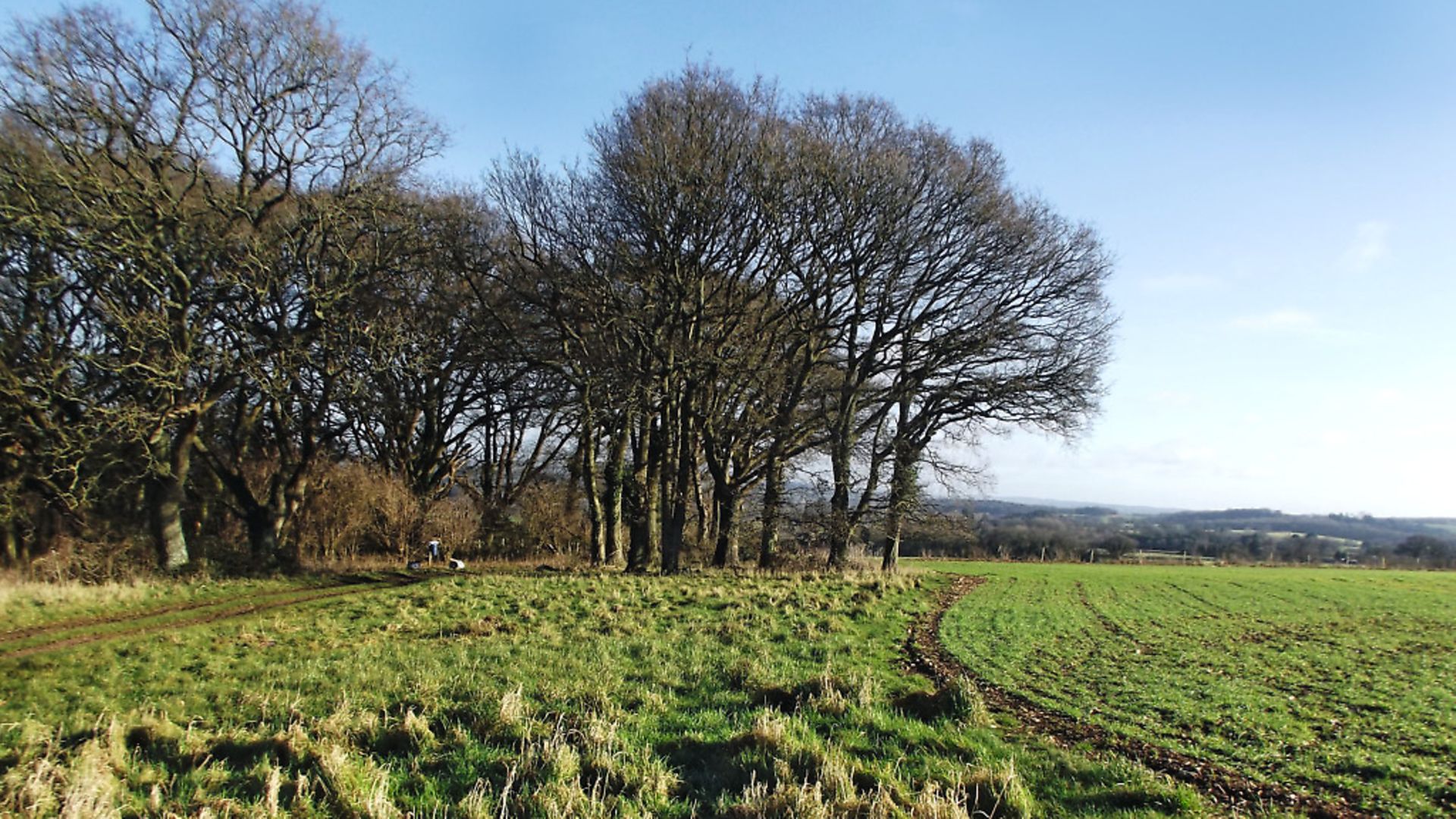 credit: Archant
credit: Archant
I love the Internet, social media and all the rest of it. Through it, for example, the airgun world is far more connected than even ten years ago. Ideas and knowledge can be shared, discussed and improved within minutes, not months and mistruths uncovered and dismissed.
That said, put any group of people together and you will always get that awkward minority who want or need to feel better than the rest and will exaggerate their abilities to get noticed. Every week on Facebook groups and Internet forums there are dozens of claims about shots dispatching a rabbit at 80 yards, or dropping a pigeon in gale force winds at 70 yards with the shooter’s dad’s old springer, then even better, asking what pellets others find work best for ‘killing stuff’ at that range, whilst posting a picture of a 3-inch group they shot at 30 yards the next day. It’s all quite scary when you think about what they claim to have done with clearly limited knowledge and worse still, that others may then think that’s the norm. The reason I love airgun hunting so much, and what keeps me returning to it week after week, is the field craft challenge that hunting with a 12 ft. lb., UK legal limit airgun gives me. When hunting, I’m attempting to channel the dark arts of reconnaissance, camouflage, concealment, stealth and patience, practised by hunters for millennia. I’m far more impressed with a story about a hunter stalking within 20 yards of a rabbit, or a hide working so well that a pigeon lands 15 yards from it, than I am about an alleged 80-yard shot on a rabbit.
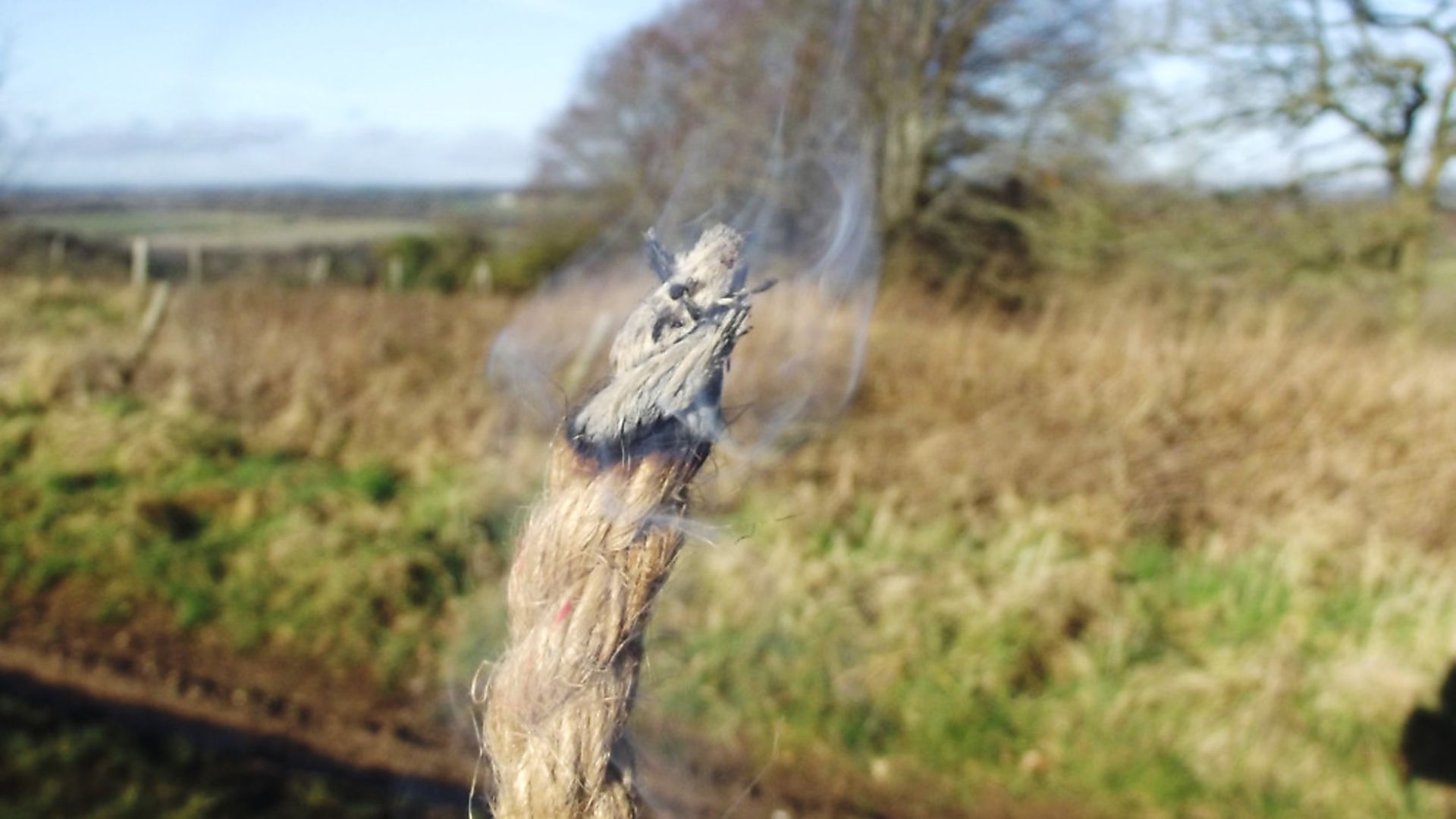 credit: Archant
credit: Archant
Modern guns
Whilst most modern airguns, be they PCP or springer, are very accurate and capable of out-shooting the flesh bag pulling the trigger, I still stick to my 35 yards maximum range when hunting live quarry. It’s not that the gun isn’t capable of delivering a pellet with deadly accuracy further than that, it’s because I know that real-world conditions continually change and throw in factors that would annoyingly ruin my grouping at the range, but disastrously cause unacceptable wounding in the field.
So, to show you what I mean, I thought I’d head out to my range on a random day and try to shoot real groups from my most used, seated, freehand position. No bench rests, bipods, bags or sticks, and having to aim off to compensate for breeze, just as I most often hunt. All I had to do was shoot a group of six shots, no larger than a 20p piece at various ranges past my 27 yard zero.
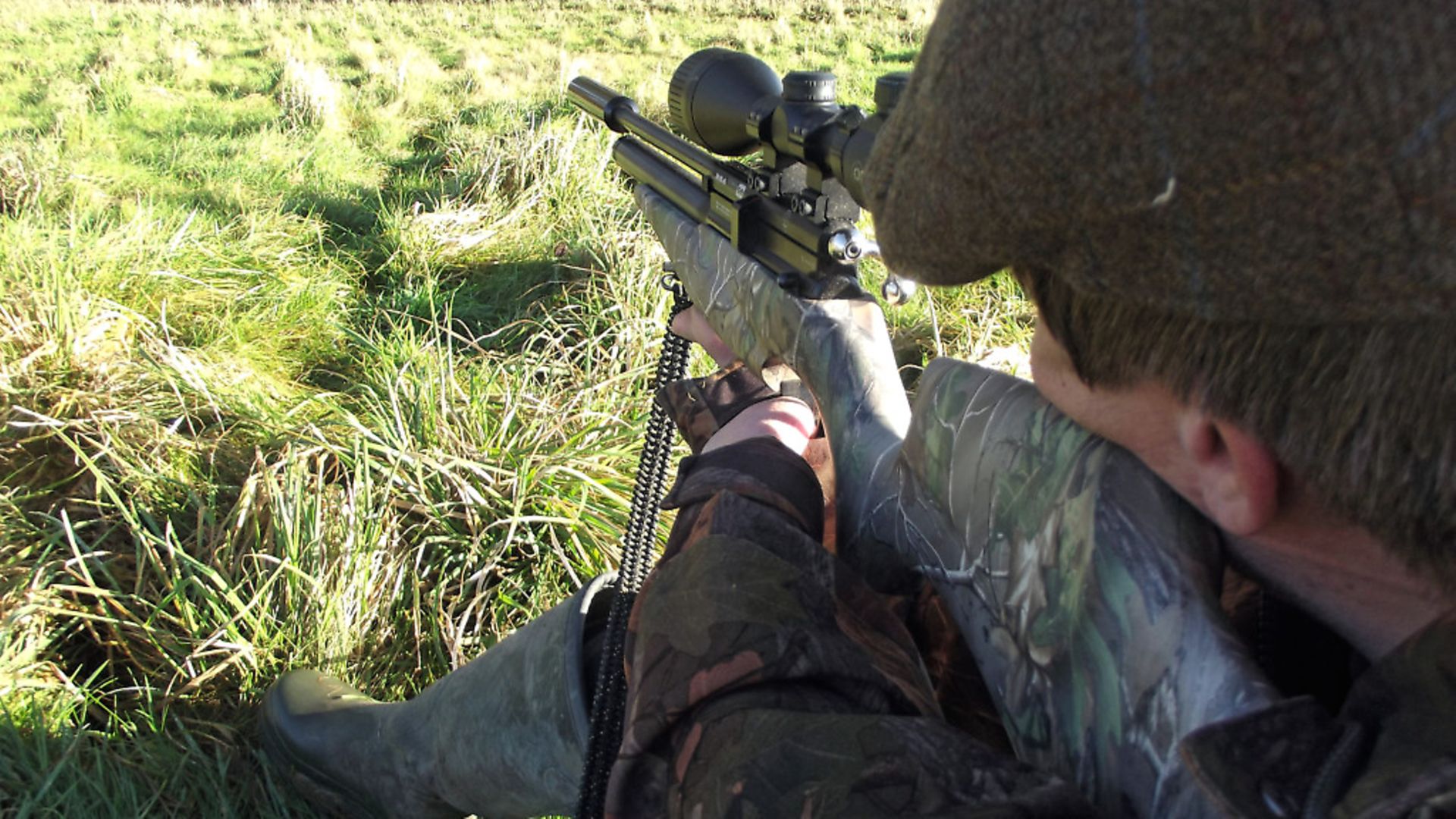 credit: Archant
credit: Archant
Why 20p (20mm) and six shots, you ask, and not an inch (25mm) and four or three shots? Well, if you look at the skull of a rabbit, pigeon or squirrel, that’s about the size of area you have to guarantee a clean dispatch with a head shot. Add an extra 20mm each way and you have a serious chance of wounding, and six shots is simply to add real-world factors like the chance of a breeze whipping up, or one pellet being a flyer, or a gnat suddenly biting your fleshy bits – in fact, any one of the many real-world factors that could cause an inaccuracy. What I was looking for is not how many shots I could get on target at that range, but rather how many pellets go wide and at what point in the shot string. What I hoped to show was that whilst airguns are far more accurate than most realise, it’s the real world that will cause one in six shots or more to drift at range, and that will potentially cause injury to our quarry and therefore demonstrate why we shouldn’t shoot further.
I was using my .22 BSA Scorpion SE, my favourite hunting rifle at the moment, and 15.9 grain Air Arms Field Diablos in 5.52, but will return in a couple of weeks just our of curiosity, to try with a .177, to see if there is much variation between the different calibres.
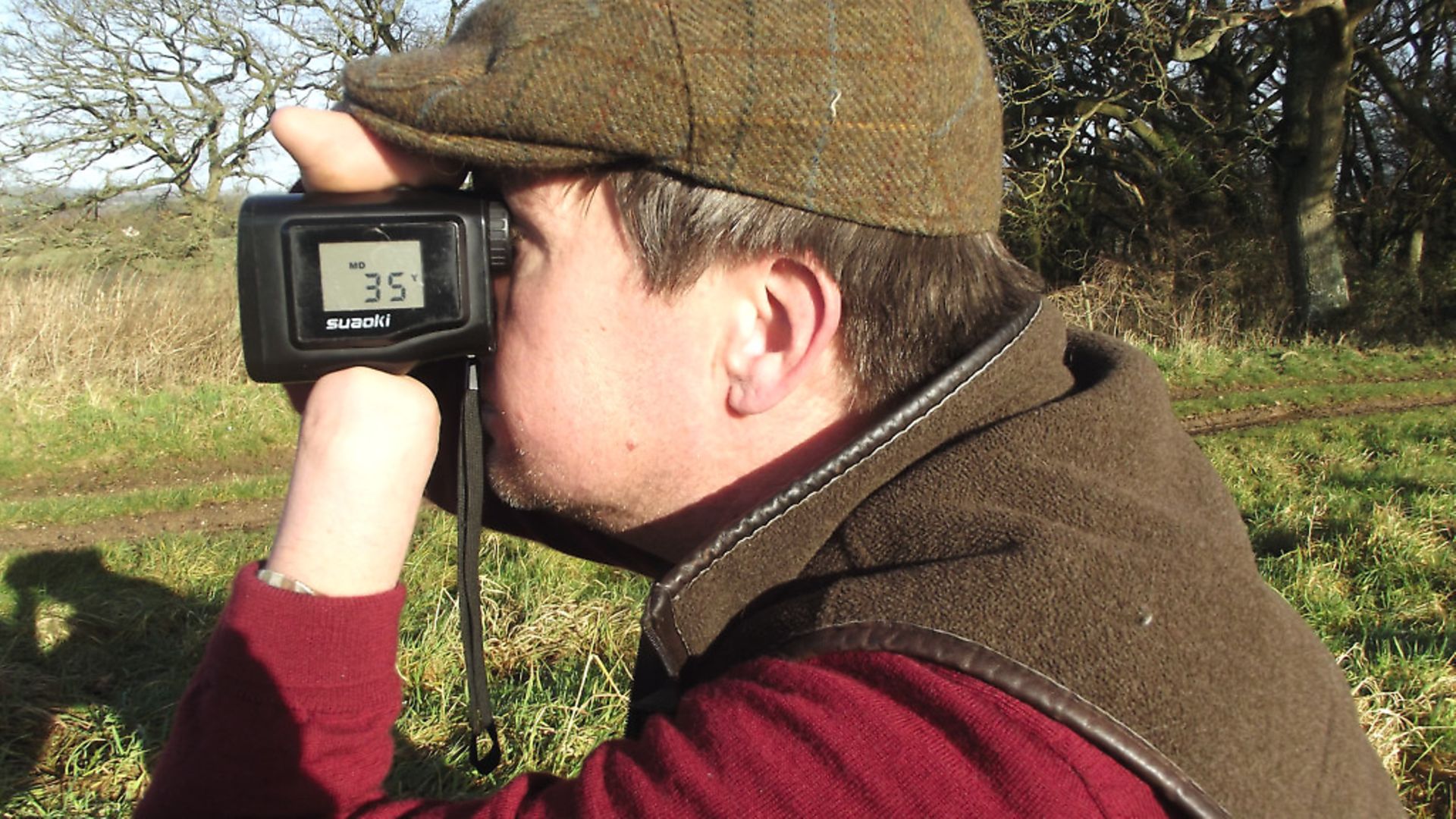 credit: Archant
credit: Archant
Get testing
On arrival, the wind was gusty and swirling with a prevailing left to right, so all very real world so far. I used an open barn to check zero at 27 yards, as far out of the breeze as I could get, and after a couple of clicks left, all was good.
So, at 27 and 30 yards, all was pretty standard with shots hitting as expected and no great deviations, and the breeze stayed light enough to ensure nothing untoward.
At 35 yards, things started to drift; not that far, but there was one pellet that was clearly a few millimetres off to the left of the group. The breeze had picked up slightly and I’d been sitting for about 20 minutes in it and the ambient 4 degrees Celsius temperature, but again, all real-world stuff and nothing I wouldn’t normally do on an afternoon foray at this time of year. The shots would have all been clean dispatch shots, but things were opening up.
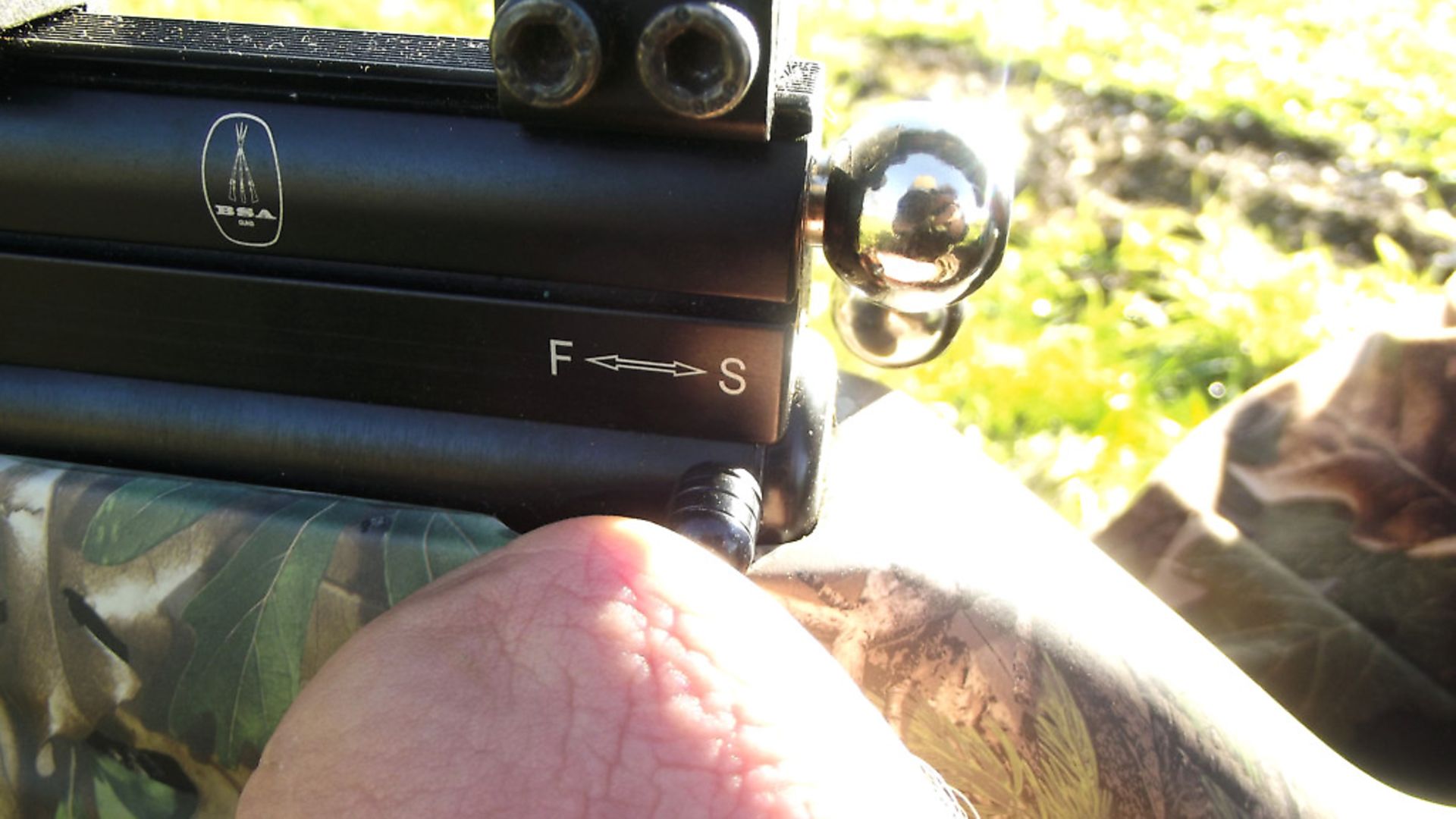 credit: Archant
credit: Archant
Hard to read
At 40 yards, the wind was becoming hard to read and consistency was dropping considerably. Looking at the group I could see that although I could still make the shot with some accuracy, there was enough of a group opening to cause me to think seriously about the breezy but not blustery conditions, and the impact on my ability to be 99% positive of a clean kill shot every time. The third and fifth pellets had seriously drifted off my 20p limit, giving me a 33% chance of potentially wounding my quarry, which to me, is unethical. Remember, I’m not trying to find out if a kill shot can be delivered at longer range, but what the chances of wounding at that range could be and therefore, when I would say the shot wasn’t on.
At 50 yards, things had opened up to the point that my second shot went wide. My third hit the mark and my fourth was just off. I couldn’t have anywhere near the level of confidence required to take a head shot and as close as guarantee not to wound my quarry.
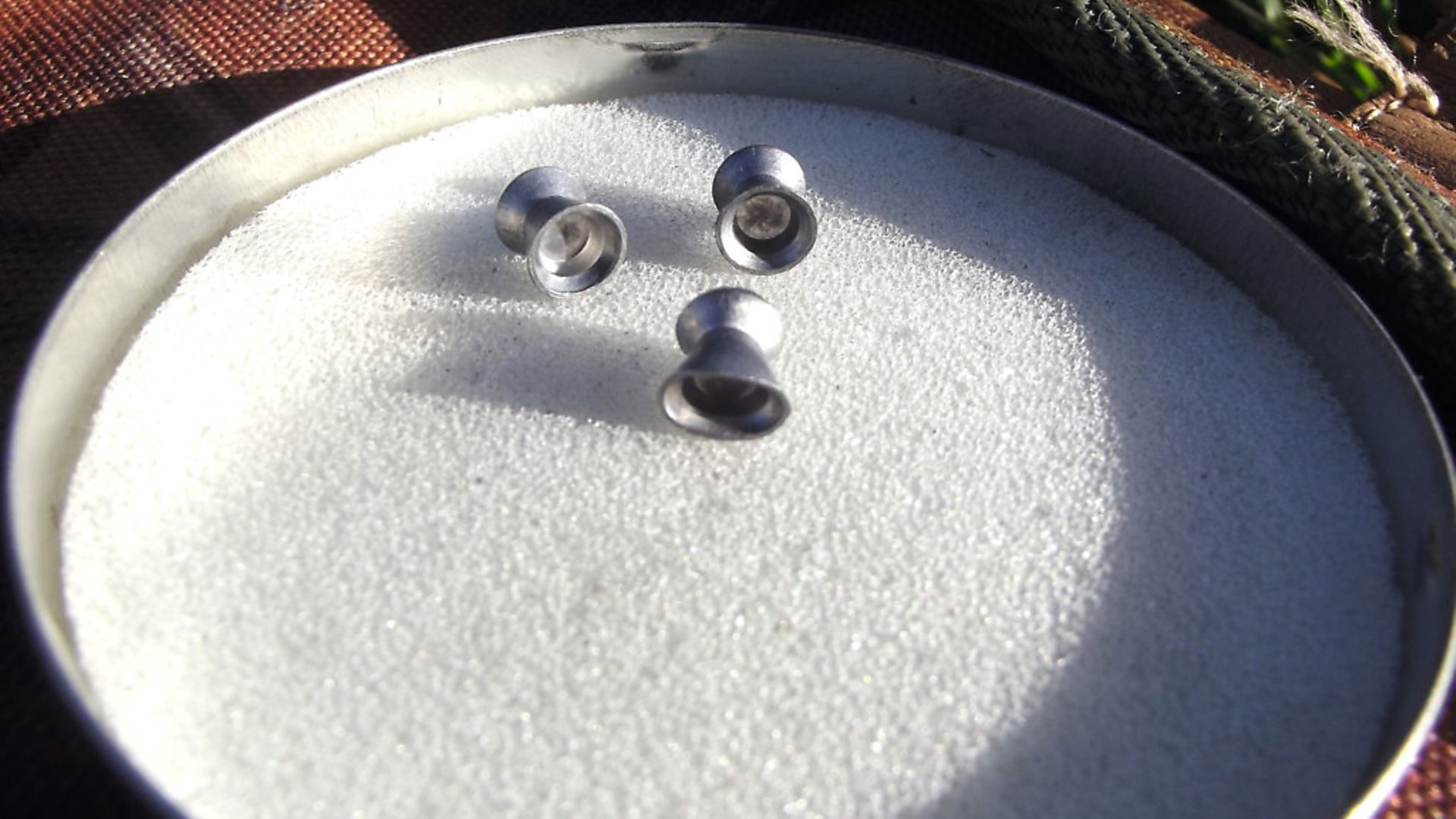 credit: Archant
credit: Archant
Humane dispatch
What I have proved to myself in this non-scientific, simple, real-world experiment, and I hope to you guys, is that the distance at which you succeed in shooting a bottle top on the range has no correlation to how far you should attempt a shot at live quarry. There aren’t the ethical parameters in shooting a bottle top at the safety of the range, that we must have to humanly dispatch quarry. In perfect conditions, I can hit an empty cartridge brass at 65 yards, two out of three times, but I never know if the miss will be the first, second or third shot, so to try to shoot a rabbit at 40 yards not knowing if I can offer 66% guarantee of no suffering on an average day, is surely wrong.
To conclude, ethical hunting means having enough respect for our quarry to ensure a swift and painless end, as far as humanly possible. So, when hunting, if the risk of injury to our quarry is 2% or more, then for me, the shot isn’t on.
__________________________________________________
Why hunting shouldn’t be the only reason to be afield
Why respect is a vital part of being a hunter
Do you know how to dispatch your quarry?